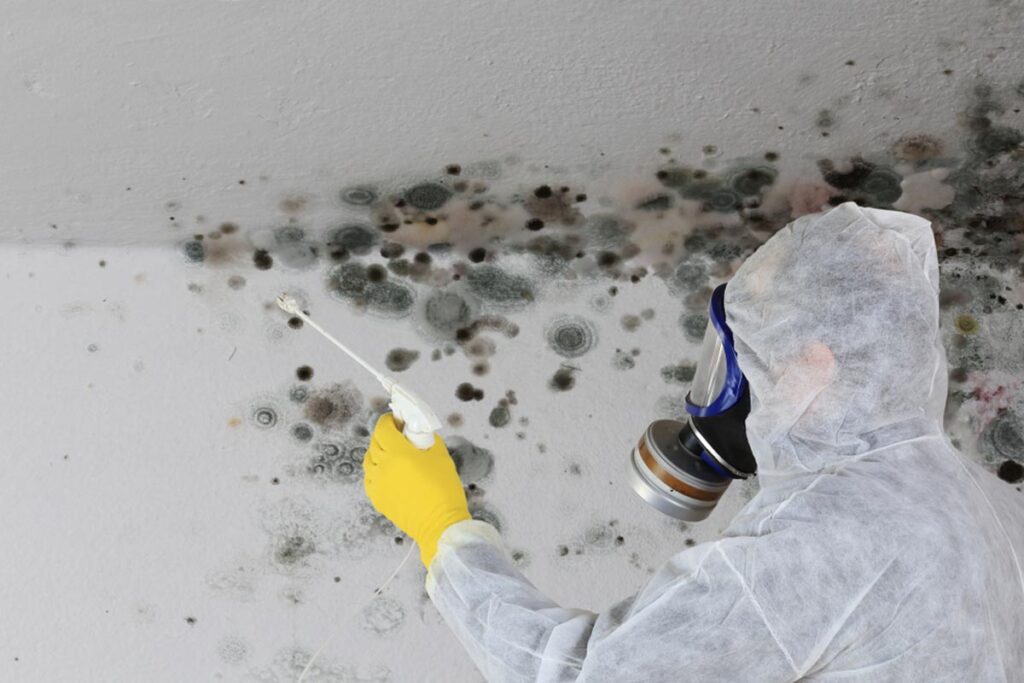Mold is a pervasive problem that can silently infiltrate homes, posing serious health risks and compromising structural integrity. Safe and Effective Mold Remediation – Experts Share Their Secrets delves into the critical practices and insights that top professionals use to combat this insidious threat. Mold spores are ubiquitous in our environment, entering homes through windows, doors, and even on clothing. These spores only need a bit of moisture to grow, often flourishing in damp, hidden areas such as basements, bathrooms, and attics. Unchecked mold can cause respiratory issues, allergic reactions, and more severe health problems, particularly for individuals with asthma, allergies, or compromised immune systems. The cornerstone of effective mold remediation is a thorough inspection. Experts utilize advanced tools like moisture meters, infrared cameras, and air quality monitors to detect mold in concealed places. This comprehensive assessment helps identify the extent of the infestation and the moisture sources that fuel mold growth. By pinpointing these critical areas, professionals can develop a targeted and efficient remediation plan tailored to the unique conditions of each home.

Containment is another crucial step that experts emphasize to prevent the spread of mold spores during the remediation process. Leading services employ industry-standard techniques, such as sealing off contaminated areas with plastic sheeting and using negative air pressure systems. These measures ensure that spores do not escape and contaminate other parts of the home. AllPro Construction Tacoma Washington Containment is essential to protect unaffected areas and prevent the exacerbation of the mold problem. The removal phase is where the expertise of mold remediation professionals truly shines. Safe and effective mold removal involves cleaning and disinfecting both porous and non-porous surfaces. Materials like drywall, insulation, and carpeting that are heavily contaminated are often removed and safely disposed of, as they cannot be adequately cleaned. Remaining surfaces are treated with specialized antimicrobial agents designed to kill mold and prevent its return. High-Efficiency Particulate Air HEPA vacuums are used to capture and remove mold spores from the air, significantly improving indoor air quality and reducing health risks.
Thorough drying of the affected areas is another critical component of the remediation process. Mold thrives in moist environments, so eliminating excess moisture is key to preventing future growth. Professionals use industrial-grade dehumidifiers and air movers to ensure that all moisture is removed. Addressing the root causes of the moisture problem, whether it is a leaky roof, plumbing issues, or poor ventilation, is essential to prevent recurrence. Experts also emphasize prevention as a core aspect of comprehensive mold remediation. Beyond addressing the immediate mold problem, they provide homeowners with practical advice and solutions to keep mold at bay. Recommendations often include improving ventilation, using dehumidifiers, and maintaining proper humidity levels within the home. Regular inspections and prompt attention to any water damage are also crucial in preventing mold growth. Choosing a reputable mold remediation service ensures that the job is done thoroughly and correctly, offering peace of mind and long-term protection for your home and health. Top services provide detailed documentation of their findings and actions, ensuring transparency and accountability throughout the process. They also offer warranties on their work, giving homeowner’s confidence that the mold problem has been effectively resolved.